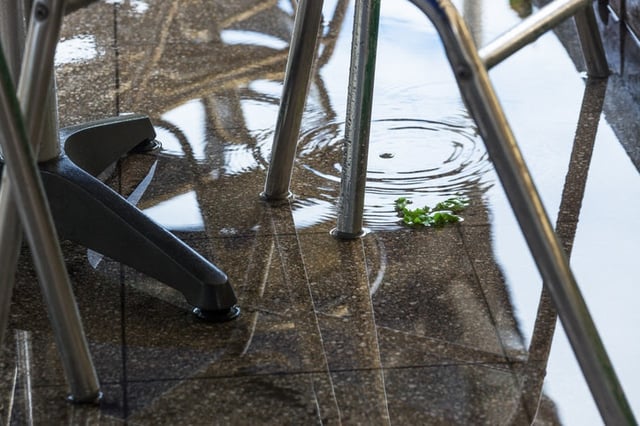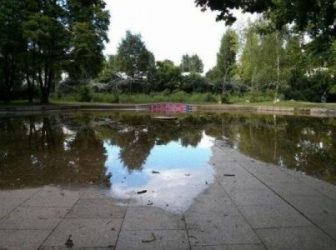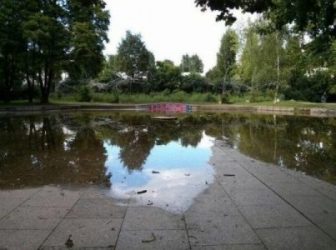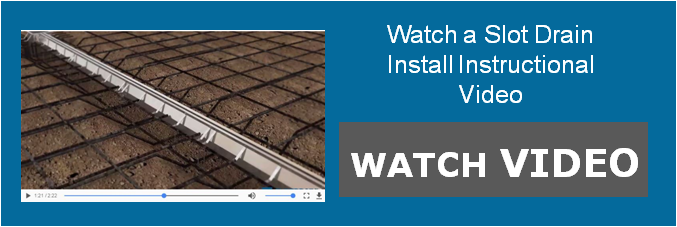
All the pretty pavers and architectural embellishments in the world aren’t going to help your space when a torrential rain hits your landscape drainage system.
It’s understandable. You want your space to shine. After all, it’s often the first thing patrons, staff, clients, and colleagues see before they set foot on the property.
Your indoor facilities will require drainage systems as well especially if you are in the manufacturing and processing industries. Poor drainage systems can create safety and health issues. It is important that your drainage system is effective at handling the needs of your business.
There are some common mistakes you need to be aware of when planning and installing a drainage system. These are easy enough to avoid with the right planning.
Let’s take a walk through them and examine the best ways to handle them.
#1 – Improper Sloping
Water can be one of the most damaging things to floors, pavements, and buildings. Ensuring that your floors (inside or outside) are properly sloped can help to combat those potentially damaging effects of water.

When floors are not sloped correctly, the result is pooling water. Pooled water is not only unsightly but unsafe and at the very least, inconvenient. The last thing you want is guests and employees sloshing through puddles of water. It sets the wrong tone for the whole visit.
All floors should slope towards the drains, ideally 1/8” per foot and to avoid pooling, 1/4” grading per foot should be utilized.
#2 – Skimping on Drains
Current building codes require that all floor surfaces subject to water and potential for pooling have adequate drainage installed. Any outdoor space, such as a garage, parking lot or road also requires a drainage system.
The key to all of these drainage systems is ensuring that the appropriate number of drains are installed for that space. The number of drains in place should be enough to adequately drain the space and accommodations should be made for heavy flow /rain and larger than anticipated spills.
#3 – Safety
Arguably, this could be the #1 priority. Any drainage system needs to be continuously maintained and inspected for issues. Drainage systems have been known to fail and drain coverings can break creating trip and fall hazards. You will want to ensure the safety of your employees and visitors and in the process protect you or your company from lawsuits stemming from accidents on your property.
#4 – Drain Maintenance
Maintaining a drainage system has a twofold advantage. As discussed above, inspections and regular maintenance can eliminate safety hazards. In addition, creating and following through on a regular maintenance schedule ensures that your system continues to operate adequately and efficiently. Drains should be cleaned out and filters/strainers (if used) should be maintained at regular intervals. Part of this plan means determining who will handle the maintenance of the system. This could be your regular maintenance staff or an outside company that specializes in this type of service.
#5 – Type of Drain System
Depending on your application, there are several drain systems to choose from. Each comes with advantages and disadvantages. Look at the spec documents and ensure the system can handle the flow rate expected in your environment, the type of traffic expected, and the material can handle the type of liquid being drained.
Before installing any drainage system it is recommended you consult with an expert. Proper installation will depend on the cooperation of everyone involved: general contractors, electricians, plumbers, engineers, etc.
Planning, planning and more planning will ensure that your drainage system meets all of your expected (and unexpected) needs and will last for years to come.



